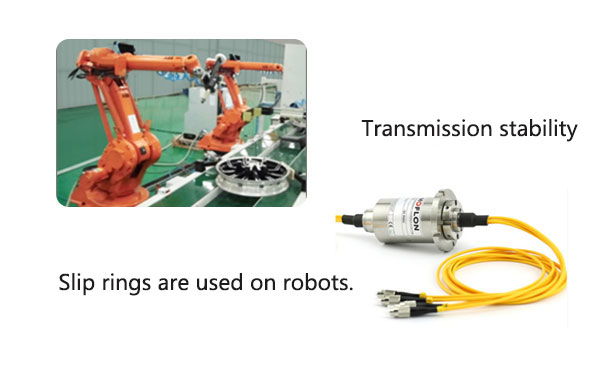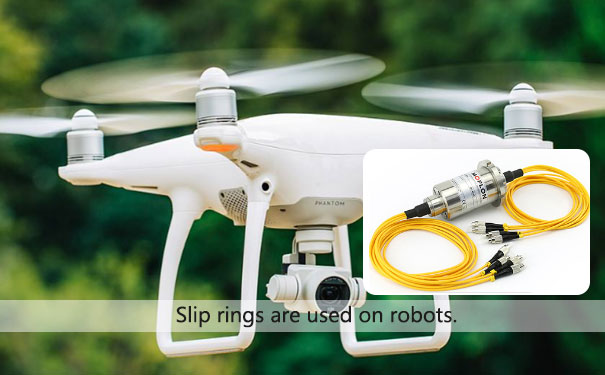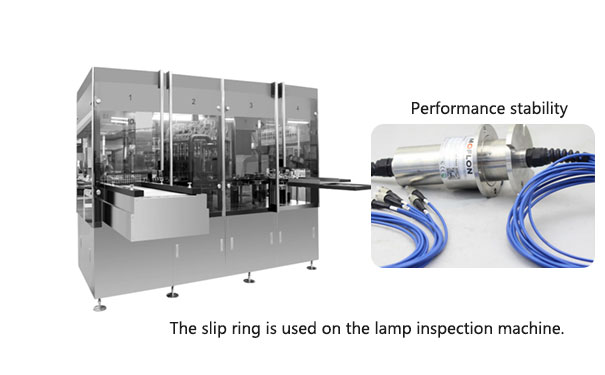fiber optic rotary joints or forj help pass optical signals across rotary joints or slip ring and are capable of conducting large amounts of data. It maintains the end to end fundamental advantages of fiber rotary joints.

Single or Multi-Channel
Fiber Optic Rotary Joints (FORJ) are commonly known as fiber optic slip ring are mostly available in single channel and multi-channel options and they are excellent example slip rings which are based on modern slip ring technology. Most size efficient and cost-effective designs in Fiber Optic Rotary Joints are single and dual channel designs. If there is a requirement of more than two fibers to be present in an arrangement, then there are multiple solutions available which combine multiple channels on one or more fibers which allow the use of more than one channel Fiber Optic Rotary Joints.
Single mode or multi-mode
To allow then broadcast of a single mode of optical signals, single mode fiber is used as they have a small numeric aperture and a small core size and so they are able to display very high bandwidth at wavelengths within 1270 nm and 1650 nm. So, for this smaller numeric aperture and smaller size core, a single mode Fiber Optic Rotary Joints, should be designed with very precise machinery. The requirements of the machinery depend on the operating wavelength of the Fiber Optic slip ring. The single Fiber Optic Rotary Joints are created in a standard quality for operation in wavelengths of 1310 nm to 1550 nm. These can be expected to operate with the same specification when they are used for other wavelengths as well.
The Multimode Fiber Optic Rotary Joints have large cores and huge numeric aperture, thus allowing the transmission of multiple modes of optical energy through the arrangement. These features in a Fiber Optic Rotary Joints This allows large amounts of data and light to be transmitted from the source such as LED, etc. but they also result in higher attenuation and dispersion. So they use typically shorter Datacom links and mostly work in between 850 to 130

Applications
.They are used in EMC Test Chambers
.They are applied in environments which are electrically noisy
.They are used for power distribution
.They are used for high voltage monitoring
.Used in applications requiring to monitor the DC signals like Automobiles
.They are used where long-distance transmission is required
.They are used to convey multiple data formats

How does it work?
The intensity modulation in each link is used to convert the signals between electrical and optical domain. So they can relay data in almost any format. The RF which is applied to the input of optical transmitters is conditioned amplified and converted to an optical signal for broadcast over optical fiber. In the link, where the DC signals go through, the input signals are altered to a 14 bit optical digital signal before transfer. At the receiving end, the signals are again altered or converted to an electrical signal to the link is apparent in any system. All the modules are always available with either single or multi-mode fiber interface which enables it to be integrated into any existing infrastructure.
